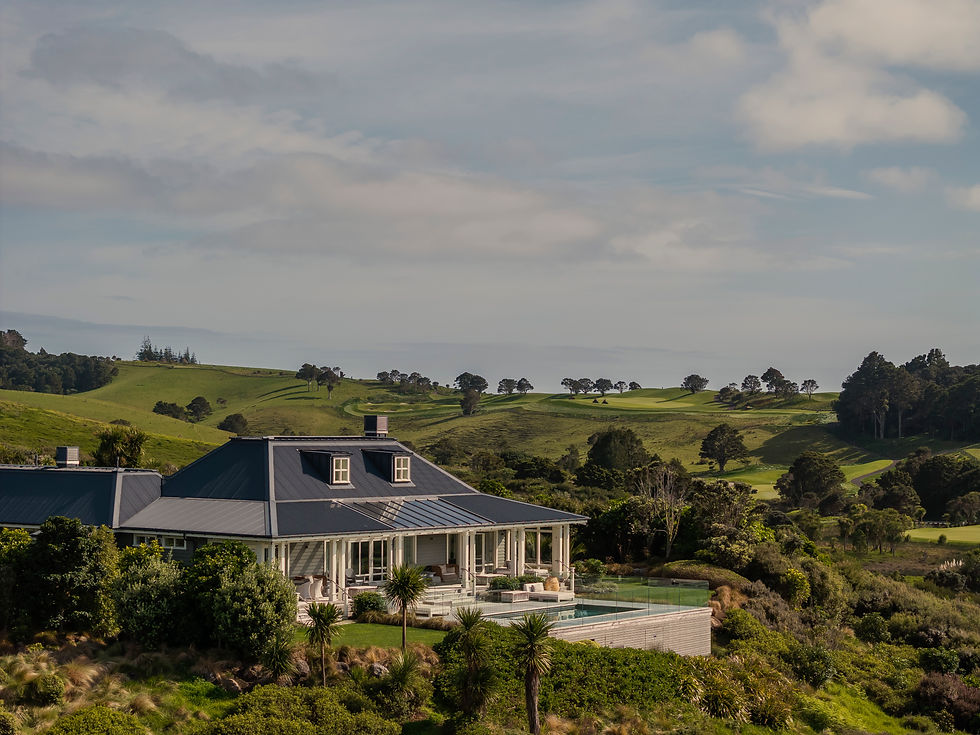A Homage to Parisian lifestyle: Lutetia Hotel
- Melanie Beard
- May 25, 2019
- 3 min read

An architectural jewel, iconic hotel, and historic landmark, this homage to luxury, art, and classical Parisian lifestyle is timeless.
Built on the remains of the garden of the Abbaye-aux-Bois convent, the iconic Lutetia Hotel in Paris had its construction entrusted to Henri Tauzin and Louis-Hippolyte Boileau, son of Louis-Charles Boileau, the architect behind Le Bon Marché. This choice is evidence of a clear desire for architectural coherence. Even so, the hotel was built using processes and materials that were incredibly bold for the period. As well as the very innovative use of concrete and glass, the foundations are pillars of hot-riveted steel, which immediately conjures up images of the Eiffel Tower and rightly so since Gustave Eiffel was Louis-Hippolyte Boileau’s partner engineer.
From its landmark location on the Left Bank, the Lutetia looks out at Paris’ very first department store, the famous ‘Le Bon Marché’. Far from being a coincidence, there was a very practical reason behind the idea, which took shape in 1907, to build the hotel on this spot. For the descendants of the Boucicaut family, who founded Le Bon Marché, it would be perfect for lodging customers and suppliers.
Like a reflection of the store, a hotel was built of equivalent modernity and elegance in terms of both functionality and style. All the rooms offered hot water, telephones for calling reception, direct air conditioning, and rolling shutters controlled from inside the room, a luxury at that time. It was a resolutely forward-looking hotel. Now it is a proud member of The Leading Hotels of the World - a wonderful collection of independent, unique and rare luxury hotels that immerse us in the most magical destinations in the world.

Art Nouveau is the keystone of this building. The facade, undulating like a wave, is inspired by the naturalist trendof the era. Its stone balconies blend into the facade andare in harmony with the cornices. In tribute to the historyof the location, the windows and balusters are decorated with angels, trellises, and bunches of grapes. The naturalist vein was gradually abandoned in favor of a style with more radical lines and a more streamlined symbolism: The Lutetia was a forerunner of Art Deco.
Over the years the hotel had welcomed famous names such as Juliette Gréco, Boris Vian, Jean Cocteau, Paul Morand, Albert Camus, James Joyce, Samuel Beckett, Hubert Nyssen (founder of the Actes Sud publishing house) and of course Jean-Paul Sartre. It was this literary and cultural effervescence that would inspire many works including the novel ‘Lutetia’ by Pierre Assouline in 2005. Many celebrities have graced its rooms; from Joséphine Baker to, much later, Serge Gainsbourg, Isabelle Huppert, David Lynch, Catherine Deneuve, and Brad Pitt amongst others.
Throughout its history the Lutetia has been a gastronomic address and a place to meet people and talk, where tradition and modernity come together around the shared value of taste. Originally the Lutetia’s winter garden, The Salon St Germain is sheltered by a famous glass roof, typical of the constructions of Gustave Eiffel, another symbol of Paris. It has now become a flamboyant spectacle, thanks to the artist Fabrice Hyber’s fresco evoking an imaginary ball.
Nowadays this emblematic haven of early 20th century decorative art is a key player of the legends of Parisian life and the history of its prestigious hotels.




Comments